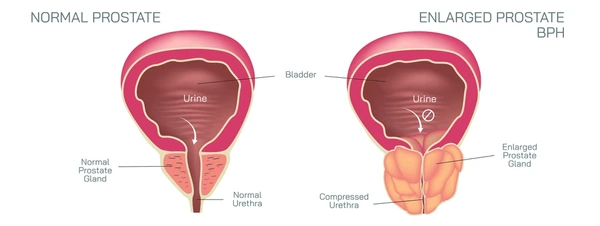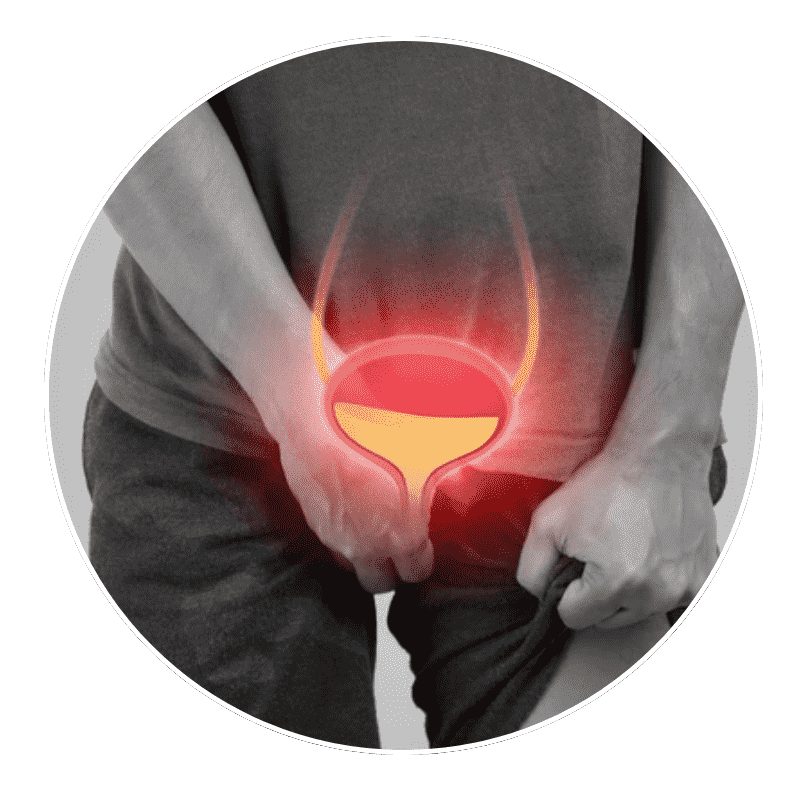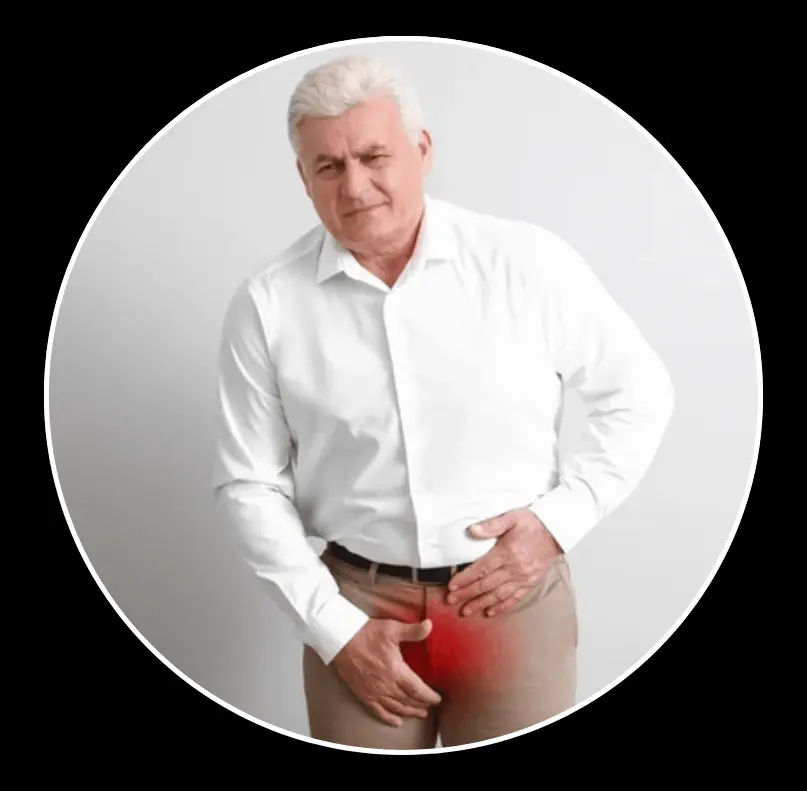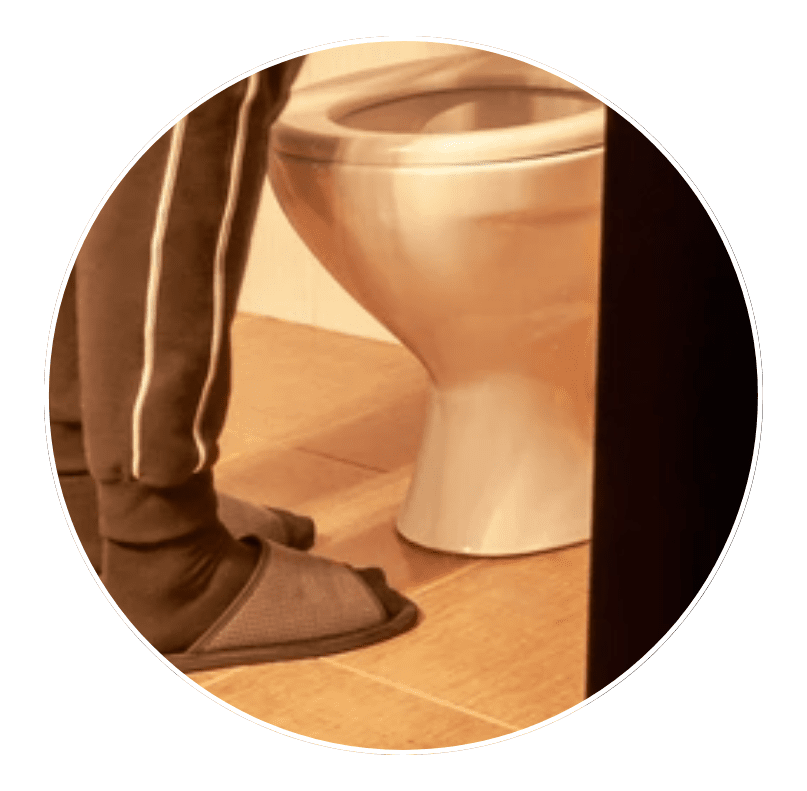What causes Prostate Enlargement?
As men age, the glandular tissue of the prostate becomes large in size. This condition is known as benign prostatic hyperplasia. Benign means it is not a cancerous condition. This will cause compression on the urethra, the tube that carries urine out. It will produce symptoms of urinary obstruction.
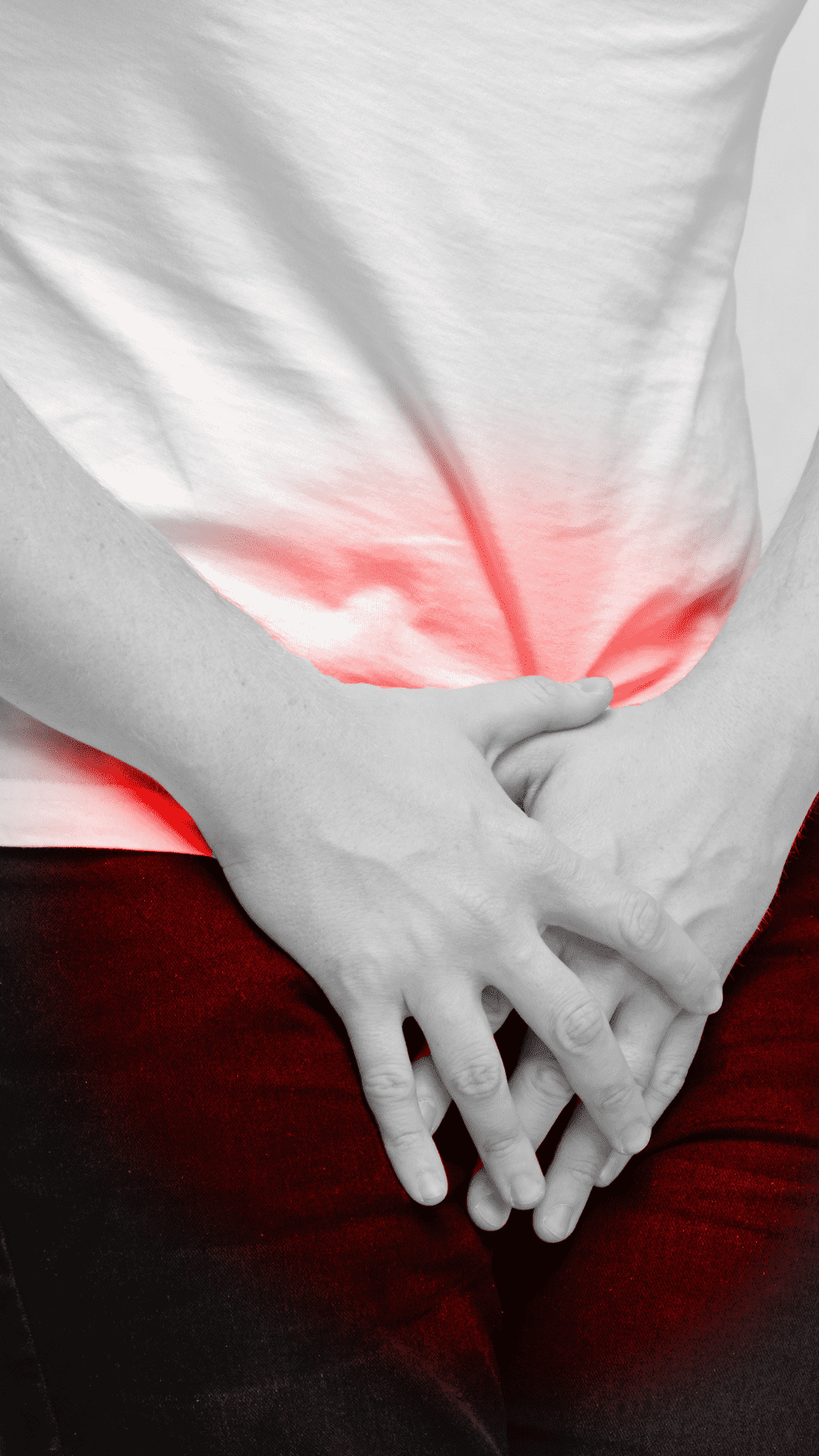
Prostate enlargement, medically known as Benign Prostatic Hyperplasia (BPH), is a non-cancerous enlargement of the prostate gland that commonly occurs in men as they age.
- Aging
- Hormonal Changes
- Dihydrotestosterone
- Family History
- Lifestyle & Health Factors

